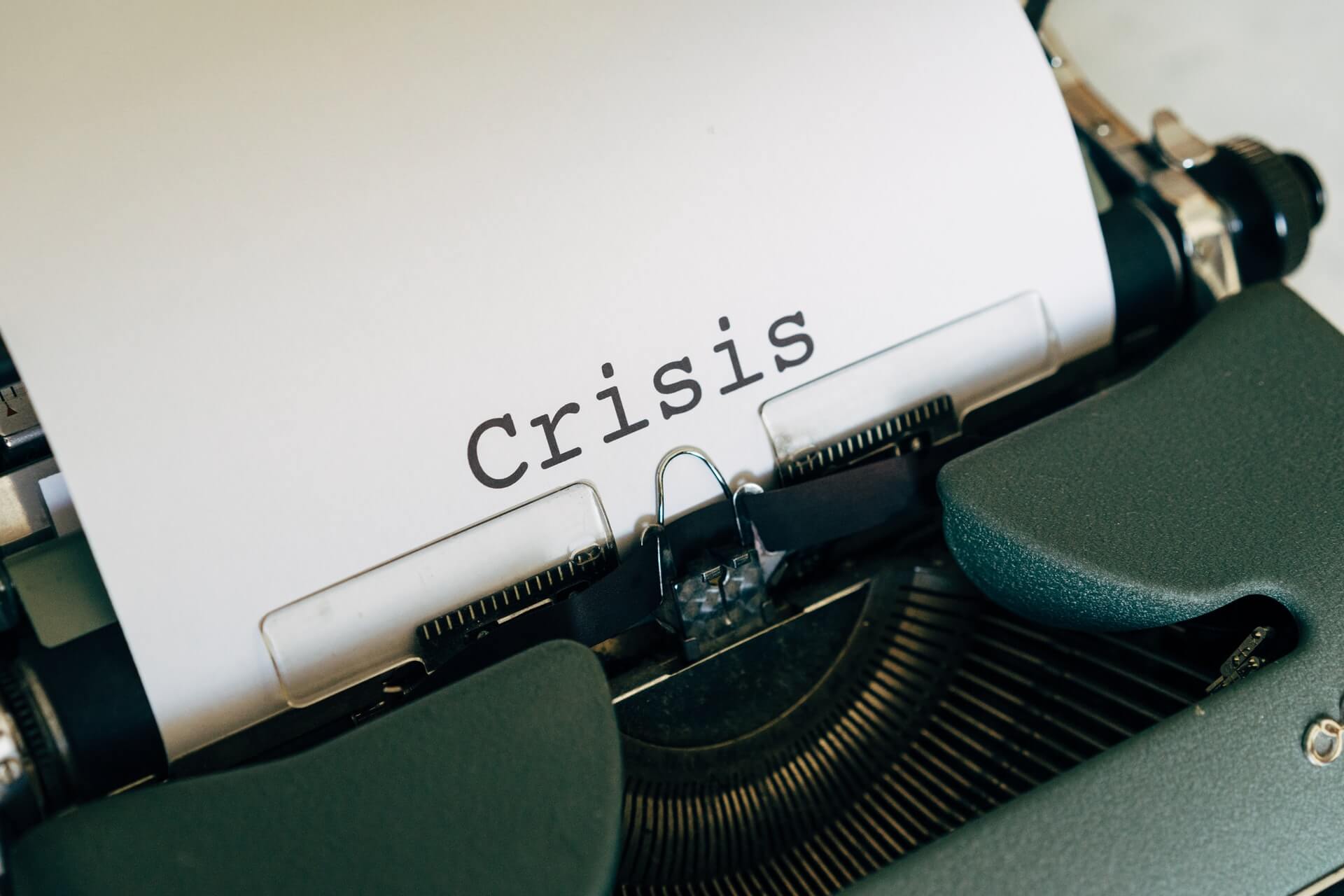Planning for Disasters: Scenario of Oil Spill
In preparing for battle I have always found that plans are useless, but planning is indispensable.
Dwight D. Eisenhower
One of the ironies of the recent oil spill debacle in the Gulf of Mexico is that it is the oil industry that is most often credited with devising and putting to use a strategic planning tool meant to anticipate major changes in the environment – from disaster to depression – and to enable organizations with plans for immediate strategic response. The tool is called scenario planning.

Scenarios are “alternative futures” that cannot be predicted due to uncertainty. The term is borrowed from the world of drama since each alternative future is described in terms of a “story” or scenario. Scenario planners identify clusters of events that could happen, and imagine how things would be impacted should these events actually occur. The story is then shared as the beginning of a long-range planning exercise.
In order to respond to undesired happenings such as the collapse of credit markets or the recent oil spill, strategic leaders must devise and develop flexible, adaptive, nimble organizations ready to change and respond as circumstances dictate. Noted economist and strategic thinker James Bryan Quinn said that “The essence of strategy – whether military, diplomatic, business, sports [or] political – is to build a posture that is so strong (and potentially flexible) in selective ways that the organization can achieve its goals despite the unforeseeable ways external forces may actually interact when the time comes.”
Scenario planning as we know it today got its start in the 1970s. Though oil prices had remained stable since World War II, leaders at Royal Dutch Shell worried that disruptive change could happen with severe adverse effects on their business. Among the disruptive events they feared was a sudden increase in the price of oil sparked by the rise of the Organization of Petroleum Exporting Countries (OPEC).
The price increases did happen in October of 1973. Many oil companies struggled with the effects of the new competitive dynamics. Shell thrived. They had prepared a plan – a scenario plan – for what they would do as these circumstances unfolded, and they implemented their plan while others were just gathering to deliberate on the next actions.
Today Americans are deeply concerned with another sort of oil crisis — the disastrous and seemingly unstoppable gusher in the Gulf of Mexico. Many are outraged that BP had no apparent contingency plan for dealing with the crisis. Though the oil industry is known for thinking out plans for dealing with price changes or the introduction of alternative sources of energy meant to challenge dependence on oil and gas, it is now apparent that the hunt for oil at increasingly remote or deep places led to risk-taking without appropriate contingency plans.
Eventually, the unexpected is going to happen. That, we can expect.

Scenario planning has been the topic of numerous books over the past twenty years. Numerous companies have been touted for their use of the technique – Novo Nordisk, Electrolux, AT&T, BellSouth, Nissan, American Express, IBM, Cisco, Ford, and on and on. One survey indicated that as many as 50% of Fortune 500 companies have incorporated scenario planning into their broader strategic planning efforts. The extent to which these companies have heeded their scenario planning process is likely somewhat less than so many authors would have us believe, but examining possible scenarios as alternate futures is invaluable as one seeks to build strategic flexibility.
Before beginning scenario planning, remember that it is often the planning process per se, rather than the resulting articulated plans, that matter most. Dwight Eisenhower, as general in charge of the D-Day planning process, said “In preparing for battle I have always found that plans are useless, but planning is indispensable.” By involving a broad swath of people in the planning process, the intent of the plans will be etched in their hearts and minds, allowing people the flexibility to make wise and well-reasoned decisions once a crisis occurs.
The basic steps of scenario planning include:
- Identify the uncertainties that could affect your company. Uncertainties can come from the worlds of politics, technology, economics, government & regulation, and society, as well as the cataclysmic or climatic changes that can happen in the natural world.
- Identify possible futures that would present change from the status quo. Ask “What events, whose outcomes are uncertain, could have significant effects on the implementation of our strategic plans?” Drilling down (please excuse the phrase) you may ask “Do we know what we’d do if the economy enters a recession or depression?” “Do we know what we would do if a natural disaster destroys our headquarters?” Are we prepared for changes in the market should a competitor introduce a new and highly desirable product?”
- Formulate plans for dealing with each scenario. Identify key departments and resources throughout your organization who must know ahead of time what would be expected of them.
- Craft overall strategic plans that will allow your company to stand prepared in case each of the scenarios comes to fruition.
- Monitor the environment and watch for carefully identified trigger points that will tell you when a given scenario has arrived. In the classic case of Royal Dutch Shell anticipating the manipulations of the market by OPEC, trigger points were based on the price per barrel of oil. Obviously, quantitative triggers are easiest to monitor and recognize, but not all scenarios come with neat and apparent warning signals. Rather, strategic leaders must have thought about each scenario before its arrival and must learn to observe clues of its arrival.
- As scenarios become more plausible with time, increase investment and preparation for the scenarios that are becoming more likely. Embed scenario planning into organizational development and corporate education programs.
- Continue to assess what you do and don’t know about what will happen in the future, and shape strategic plans accordingly.
Mark Rhodes. Ph.D. consults on strategic planning and decision-making. He has facilitated dozens of scenario-planning exercises for clients in a variety of industries. See his website, Strategic Thinking.
 Sections of this topic
Sections of this topic














